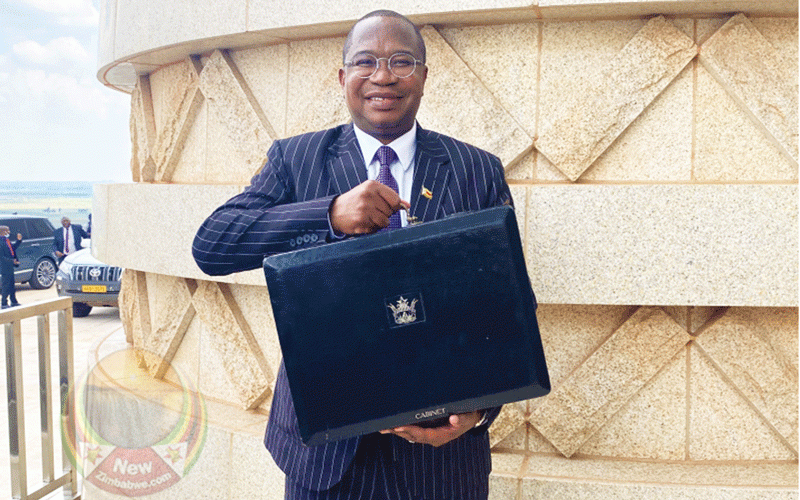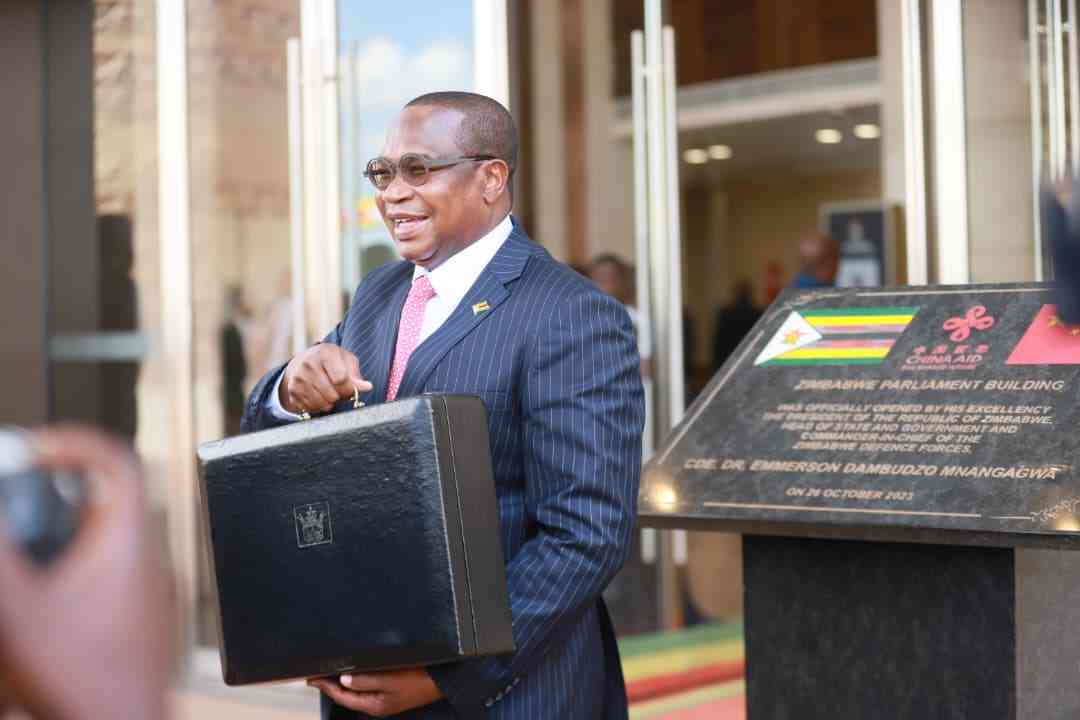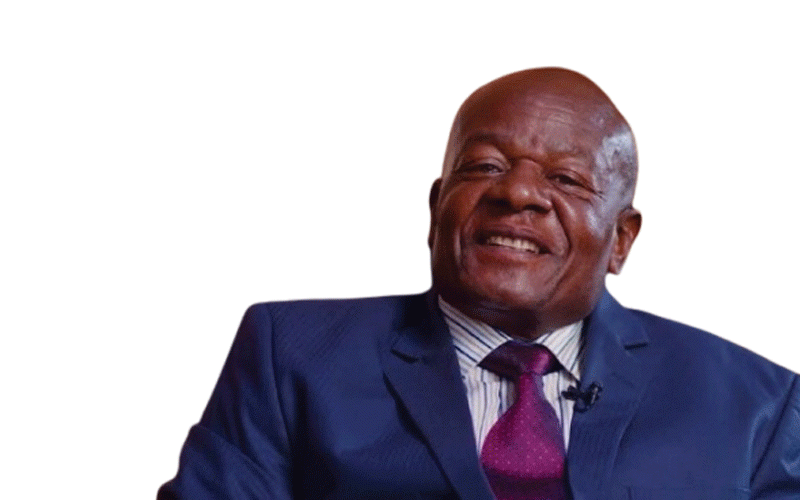
ZIMBABWE has set 2030 as the deadline to clear its US$21 billion debt, paving the way for a mono-currency regime and stable local currency, Finance minister Mthuli Ncube has said.
But economists were quick to dismiss the target as unrealistic.
Zimbabwe owes domestic and international creditors, including the World Bank, the African Development Bank (AfDB), and the Paris Club, US$21,1 billion as at the end of September 2024.
This growing debt profile has elevated Zimbabwe’s risk status, discouraging fresh credit lines and foreign investment.
“Frankly, as government, we couldn’t say that the multi-currency regime is permanent. We wouldn’t be telling the truth,” said Ncube in response to questions fielded during the just ended Zimbabwe Association of Pension Funds annual congress in Victoria Falls.
Some of the delegates wanted the government to review the multi-currency regime policy and extend it beyond 2030, arguing the Zimbabwe Gold currency will destabilise the economy.
“There should be some time when a domestic currency ought to take root, especially after having cleared our arrears,” Ncube said.
“There is no reason why Zimbabwe should continue to have a multi-currency regime when we have cleared our debt arrears, which are stopping us from accessing balance of payment support in a normal mono-currency regime.
- New perspectives: Building capacity of agricultural players in Zim
- New perspectives: Building capacity of agricultural players in Zim
- Xenophobic attacks against Zimbabweans barbaric
- AfDB president Adesina coming to Zimbabwe
Keep Reading
“So the date of 2030 was to give us sufficient time to clear these arrears.
“Once arrears are cleared, we have no reason to be in a multi-currency regime. We have every reason to embrace a mono-currency and support it.
“You are asking for a review of this. This is a very direct request. But I will answer you this way: The timetable is linked to the arrears clearance agenda.
“I think that we will all celebrate the day our arrears are cleared because we can be sure that we can have a sustainable, stable currency.”
He added: “You don’t have to worry about holding your investments in US dollars only.
“The domestic currency will be stable enough. There will be all the levers to make sure that it remains stable.”
The finance minister urged the industry to work with the government on economic development.
“Trust us to deliver arrears clearance by 2030 and we will all live happily ever after,” he said.
But economist disagreed with his target.
“It is not possible for the country to achieve the target unless some of the debt is written off or the country ends up mortgaging its minerals against the debt,” economist Trust Chikohora said.
Stevenson Dhlamini, a research fellow at the Public Policy and Research Institute of Zimbabwe, presented a basic debt amortisation analysis, noting Zimbabwe’s current debt of US$21 billion over a seven-year repayment period against a US$35 billion gross domestic product (GDP), resulting in a 60% debt-to-GDP ratio.
The principal-only repayment would require US$3 billion annually.
However, factoring in a conservative 5% blended interest rate (typical for developing economies), first-year interest payments would reach US$1,05 billion, pushing the total year one payment to US$4,05 billion (principal plus interest) - equivalent to 11,6% of GDP.
This scenario would require Zimbabwe to generate US$3 billion to US$4 billion in annual forex earnings for debt servicing, maintain substantial foreign currency reserves, achieve consistent trade surpluses, and attract significant foreign direct investment to be sustainable.
“Given Zimbabwe’s current export earnings (approximately US$7, 2 billion annually), this repayment schedule would consume nearly all foreign currency earnings, leaving little for essential imports such as fuel, machinery, and raw materials,” Dhlamini noted.
“The mathematics might be straightforward, but the economic reality presents a far more complex challenge,” he said, adding such aggressive repayment schedules often lead to economic contraction rather than growth.
“From this analysis, I would suggest that even with the higher GDP figure, the 2030 target remains highly optimistic without significant debt restructuring or partial forgiveness.”
In 2022, Zimbabwe launched a debt clearance process led by the African Development Bank, following the gradual easing of European Union (EU) sanctions imposed in 2002.
However, global creditors, including the EU, insist that meaningful reforms must be implemented before the country can clear its arrears and restore financial credibility.
A key sticking point in the negotiations has been Zimbabwe’s Private Voluntary Organisations Amendment Bill — signed into law recently — which the creditors argue undermines constitutional rights and stifles civil society.
Zimbabwe should also commit to political and electoral reforms and demonstrate tangible progress towards holding free and fair elections.











